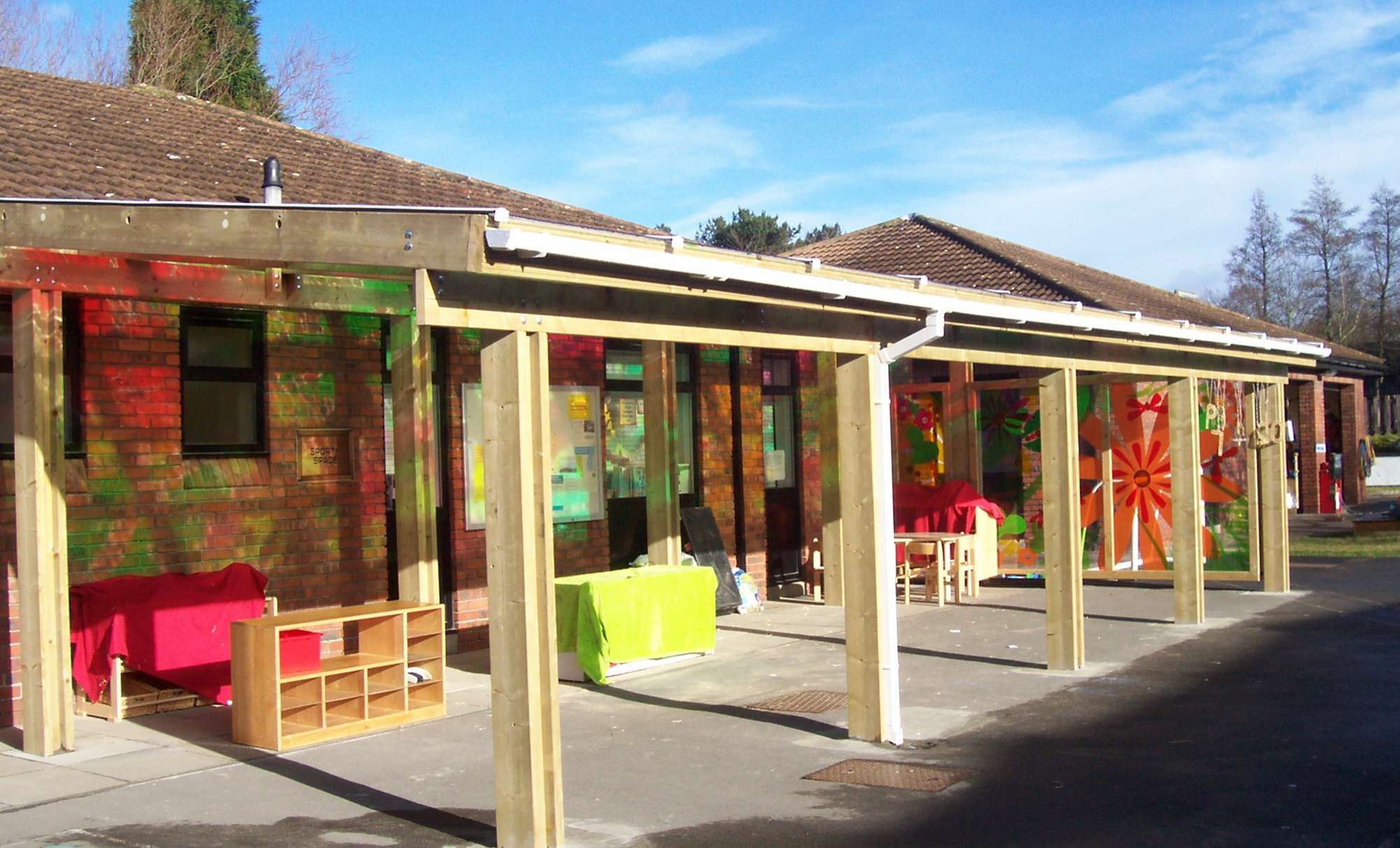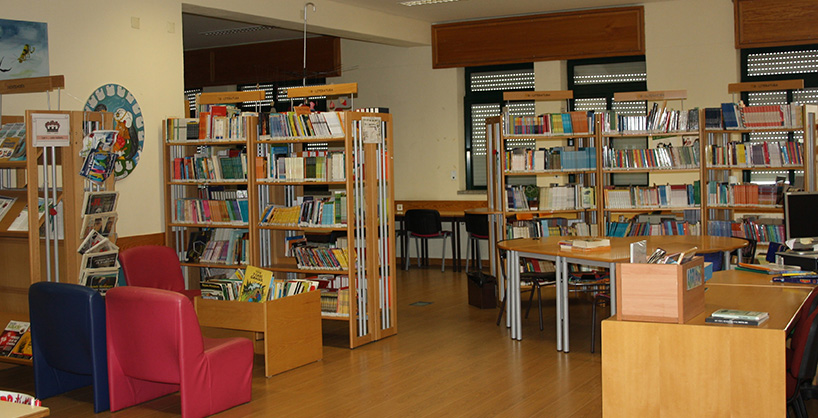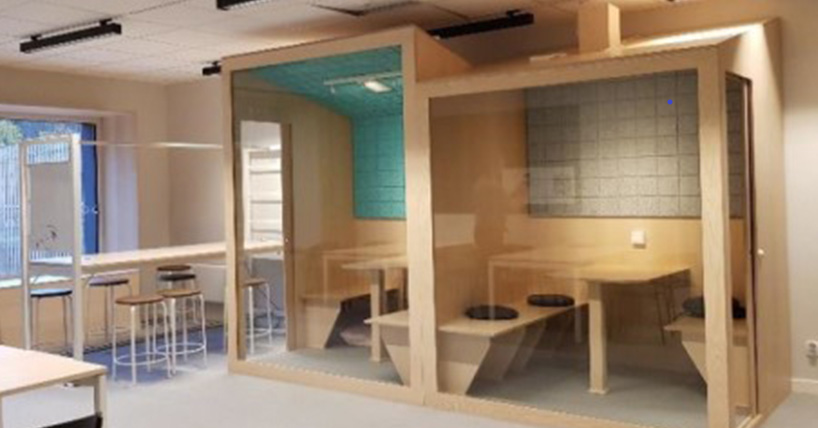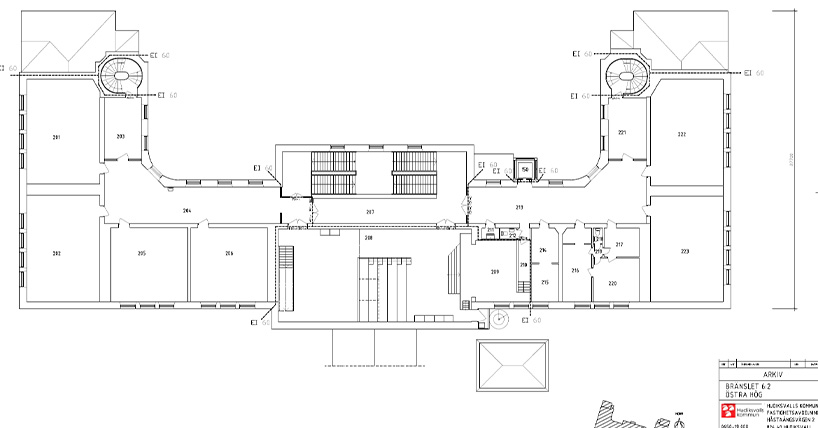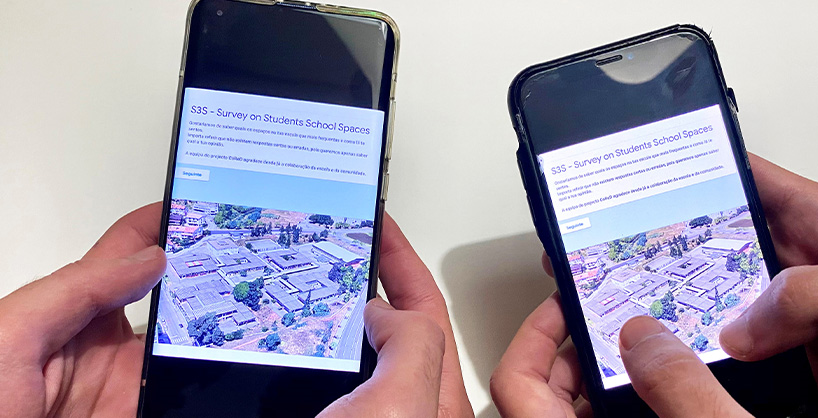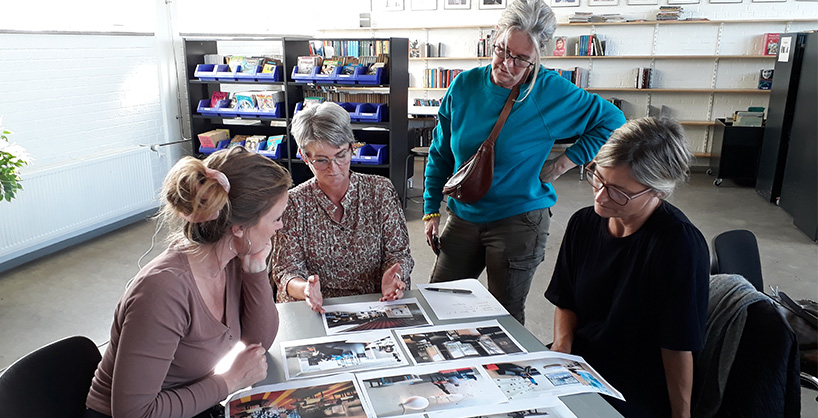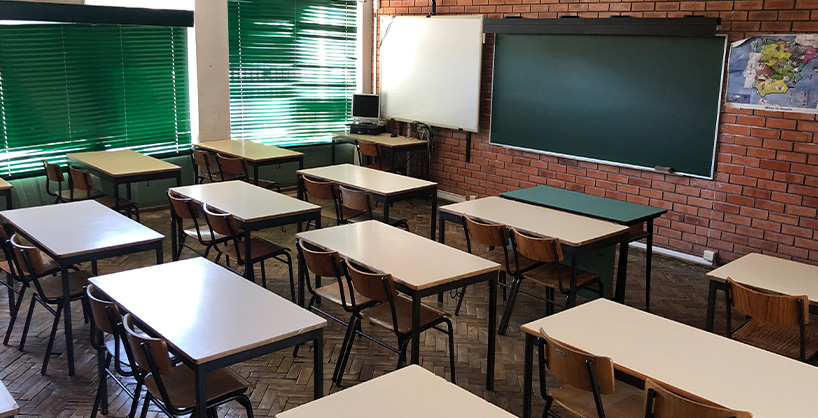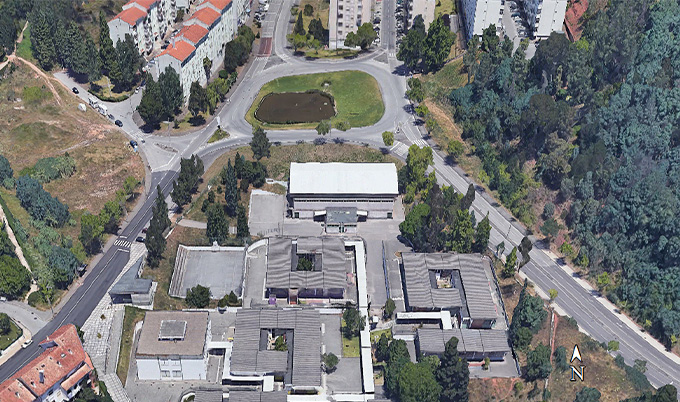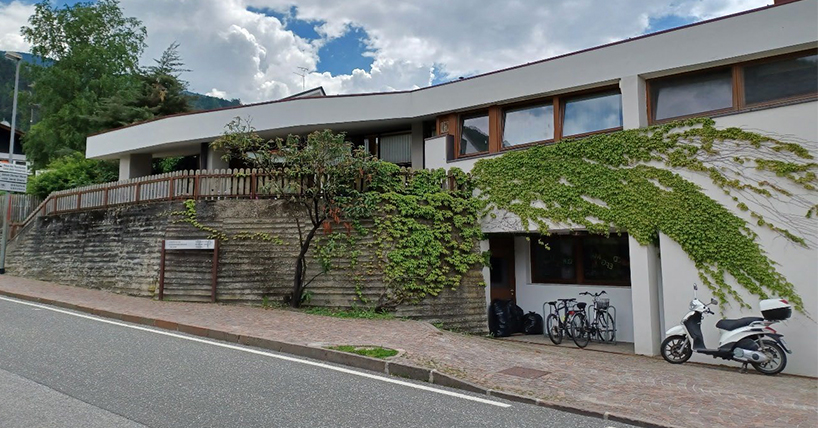In-use Reflection
School users in these case studies reflect on what they do and where they do it.
Case study: Co-creating inclusive educational spaces in a semi-urban school
A secondary school in Portugal uses the survey on students' school spaces tool to explore current use and the potential for refurbishment. (This case study is written in: English/Português)
Case study: Student Wellbeing
Support staff in a secondary school in Sweden use the Diamond Ranking tool to consider their beliefs about learning and physical space and how this may or may not affect student wellbeing. (This case study is written in: English/Svenska.)
Case study: Reflection for better use of facilities
A secondary school in Sweden is planning to undergo renovations. Staff use the School Development Evaluation Tool to evaluate the current facilities and assess the strengths and weaknesses. (The case study is written in: English/Svenska)
Case study: Co-creating inclusive educational spaces in an urban school
A secondary school in Portugal ( students aged 10-15 years) uses the Survey on Students' School Spaces tool to explore their students' views and feelings about their current school environment. (This case study is written in: English/Português)
Case study: Educating Teachers in Spatial Competences
Teacher educators in Denmark use the Diamond Ranking tool as part of a programme designed to develop their understanding of the interplay between space, pedagogy, behaviour, and indoor climate. (This case study is written in: English/Dansk)
Case study: The Use of Classroom Space in an Urban School in Portugal
The Cartographic Observation is used to explore how teachers and students use their classrooms in this urban school in Portugal and answer the questions: How do teachers use the space for teaching? How do students use their rooms for learning? (This case study is written in English/Português)
Case study: The Use of Classroom Space by Teachers and Pupils in a Peri-Urban School
A secondary school in Portugal uses the Cartographic Observation tool as part of their plans to reconfigure their spaces to better suit teaching and learning. (This case study is written in: English/Português)
Case study: Movement Possibilities in the entrance area of a Kindergarten
Staff in a Kindergarten in Milland, Italy use the Diamond Ranking tool to consider the connections between the indoor and outdoor areas of four rooms and their design possibilities. (This case study is written in: English/Deutsch/Italiano)
